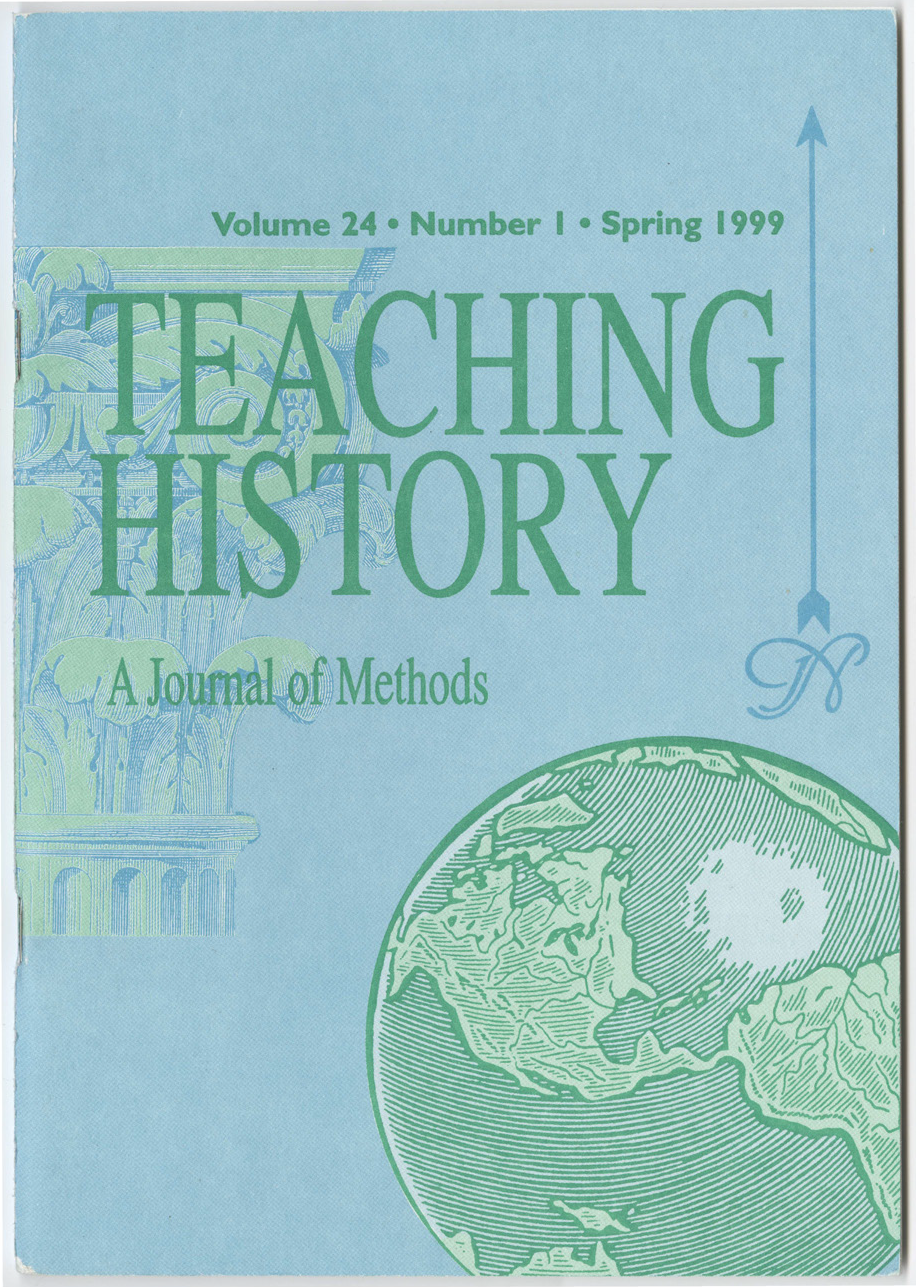Integrating Writing in the Classroom with Reader Responses
DOI:
https://doi.org/10.33043/TH.24.1.28-36Abstract
In recent years many colleges and universities have implemented "Writing Across the Curriculum" programs to train faculty to integrate more writing assignments into their courses. These programs, based on the idea that writing is not just a skill to be mastered in English courses, provide a much-needed resource to professors, most of whom received minimal training in teaching during their graduate studies. Indeed, writing across the curriculum involves more than improving effective written communication. Instead, it also can be a powerful tool for learning content and for developing critical thinking in all disciplines. For history teachers, these programs can have particular value. The traditional model for teaching college history, especially in survey courses, has been the lecture format and hour exams in "bluebooks." While such methods are useful for teaching content, they frequently do not foster long term retention or even a deeper understanding of the material.
The "reader response" is one type of writing assignment that I have used in both world civilization surveys and upper-division European history courses to get students to engage more closely with reading assignments and to promote class discussion. A reader response falls into a pedagogical category called "writing to learn." In contrast to writing assignments that test students or involve a research paper designed to communicate what has been learned to an audience (usually the professor), the reader response is more personal; it is a means of"thinking on paper."
Downloads
Downloads
Published
How to Cite
Issue
Section
License
Copyright (c) 1999 Rebecca K. McCoy

This work is licensed under a Creative Commons Attribution-NonCommercial-NoDerivatives 4.0 International License.
By submitting to Teaching History, the author(s) agree to the terms of the Author Agreement. All authors retain copyrights associated with their article or review contributions. Beginning in 2019, all authors agree to make such contributions available under a Creative Commons Attribution-NonCommercial-NoDerivatives 4.0 International license upon publication.



